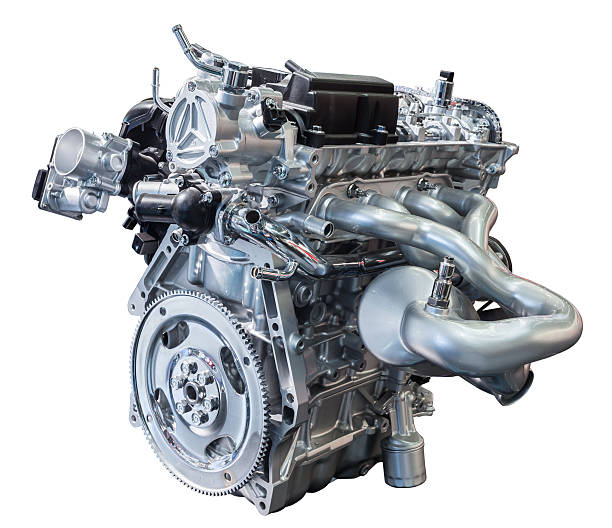Reigniting the Passion for Rotary Engines: A Modern Take on an Old Flame
Introduction: Picture this: a compact, lightweight engine with fewer moving parts, capable of delivering smooth, high-revving power. What if I told you this isn't the stuff of fantasy, but the reality of a technology that's been with us for over half a century? Welcome to the world of rotary engines, a fascinating corner of automotive engineering that has seen a resurgence in recent years.

Rotary Engines: A Blast from the Past
The rotary engine, also known as a Wankel engine, was first developed by German engineer Felix Wankel in the 1950s. Unlike traditional piston engines, rotary engines utilize a spinning rotor to convert pressure into rotating motion. During the 1960s and 70s, they seemed poised to revolutionize the automotive industry, with car manufacturers like Mazda, NSU, and Citroën embracing the technology. However, issues with fuel efficiency and emissions saw the rotary engine largely fall out of favor by the end of the 20th century.
A New Dawn for Rotary Engines
Yet the story of the rotary engine is far from over. Recent years have seen renewed interest in this old technology, fueled by advancements in materials science and engineering techniques. Modern rotary engines are more efficient, cleaner, and more reliable than their predecessors, making them increasingly attractive for a variety of automotive applications.
The Benefits of Rotary Engines
One of the key advantages of rotary engines is their simplicity. With fewer moving parts than conventional piston engines, they’re easier to manufacture and maintain. Additionally, their compact size and lightweight design make them ideal for small, performance-oriented vehicles. Finally, rotary engines are known for their unique, high-revving power delivery, which many drivers find exhilarating.
Challenges Facing Rotary Engines
Despite these benefits, rotary engines still face significant challenges. Their unusual design makes them inherently less fuel-efficient than piston engines, and they’re also more prone to wear and tear. Moreover, achieving compliance with modern emissions standards is a constant battle. However, ongoing research and development efforts are slowly but surely addressing these issues.
The Future of Rotary Engines
So, what does the future hold for rotary engines? While it’s unlikely they’ll ever replace piston engines on a large scale, their unique attributes make them well-suited to certain niche applications. For instance, rotary engines are already used in some drones, and there’s potential for them to be used in range-extender systems for electric vehicles. With continued innovation, the rotary engine could yet carve out a place for itself in the 21st-century automotive landscape.
In conclusion, the rotary engine is a fascinating piece of automotive history that’s experiencing a modern-day revival. With its unique combination of simplicity, compactness, and high-revving power, it continues to captivate engineers and enthusiasts alike. While challenges remain, the ongoing development of this venerable technology is a testament to the spirit of innovation that drives the automotive industry.




